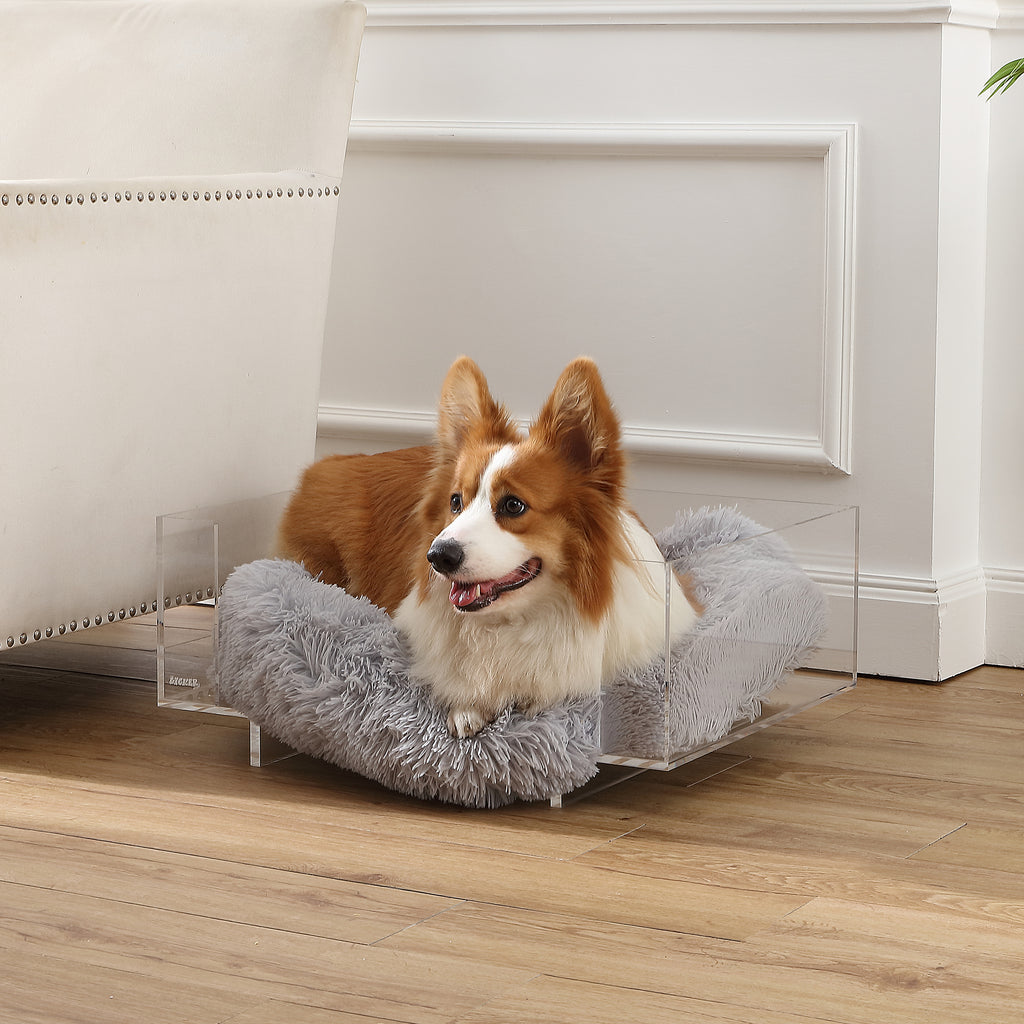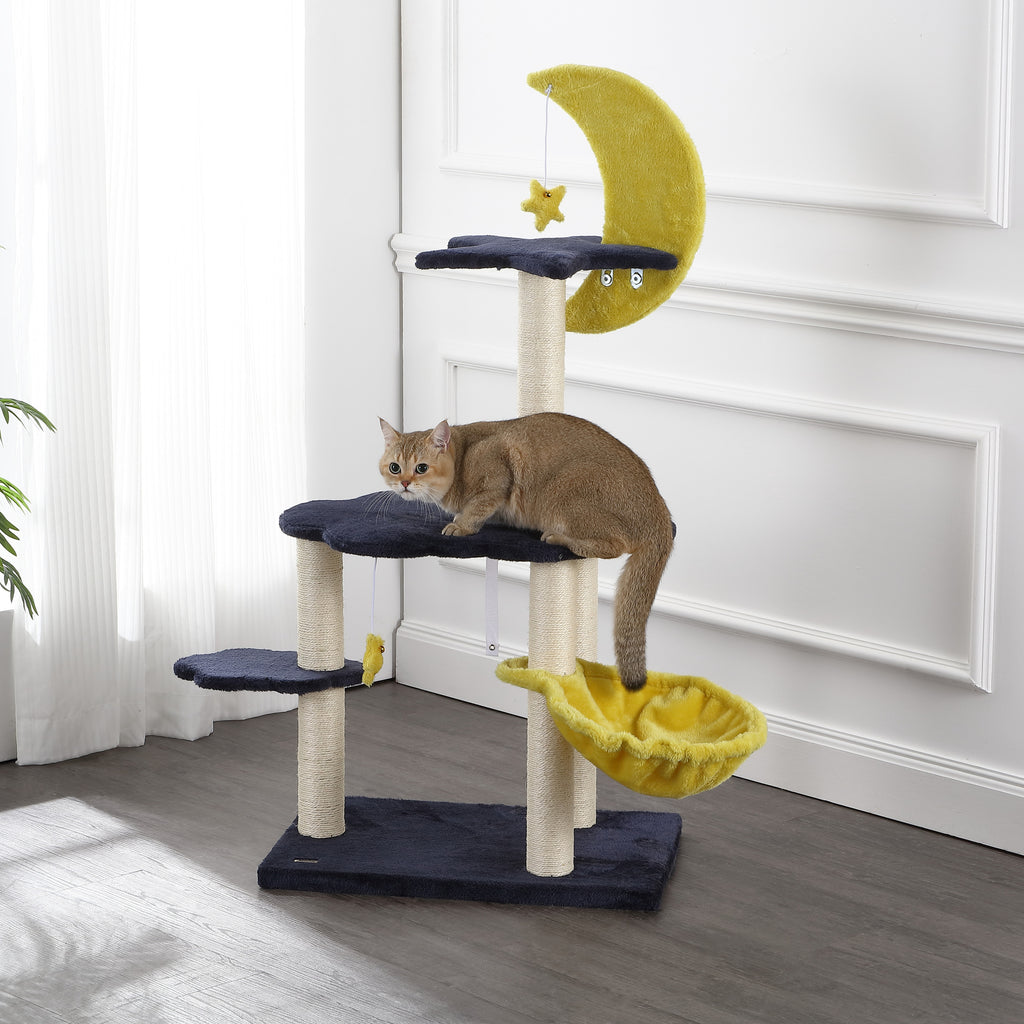Winter weather can bring stunning snowy landscapes, but it also creates a big problem: ice. Frozen sidewalks, slippery driveways, and iced-over car tires can be dangerous for you, your family, your pets, and your property. Traditionally, people rely on rock salt and chemical deicers to melt ice, but those come with downsides—salt can corrode concrete, harm plants, and even burn your pet’s paws.
Because of these issues, many homeowners turn to creative alternatives. One of the most common questions is:
“Does cat litter melt ice?”
The answer may surprise you. Let’s dive into the science, the myths, and the practical uses of cat litter in winter safety.
Quick Answer: Cat Litter Does Not Melt Ice
Cat litter does not melt ice. Unlike salt or chemical deicers, cat litter has no chemical properties that can lower the freezing point of water. Instead, cat litter provides traction—its gritty texture helps reduce slipping and sliding on icy surfaces.
So, while cat litter won’t get rid of the ice, it can make walking or driving on ice a little safer. Think of it as a temporary grip aid rather than a real solution for ice removal.
Why People Think Cat Litter Melts Ice
It’s easy to understand the confusion. Here’s why many assume cat litter can melt ice:
-
It looks like rock salt. Both are granular and spreadable, which makes them appear similar.
-
It absorbs moisture indoors. Cat litter works wonders in litter boxes, so people think it should absorb ice and water outdoors too.
-
It’s a popular “life hack.” Many blogs and social media posts recommend cat litter for ice, without clarifying that it doesn’t actually melt it.
In reality, cat litter simply provides grip—it doesn’t chemically interact with ice like salt does.
How Ice Melting Actually Works
To understand why cat litter fails as a deicer, let’s look at the science:
-
Ice freezes at 32°F (0°C).
-
Substances like salt create freezing point depression, lowering the temperature at which water turns into ice.
-
For example, rock salt can prevent ice formation down to about 20°F (-6°C), while calcium chloride works at much colder temps.
Cat litter, however, is inert. It doesn’t change the freezing point of water. It simply sits on top of ice and snow, acting as grit.
Types of Cat Litter and Their Effect on Ice
Not all cat litters are the same. Let’s explore how each type behaves when used on icy surfaces:
1. Clay-Based Cat Litter
-
Made from bentonite clay.
-
Provides moderate traction.
-
Becomes slimy and mushy when wet, making it messy.
-
Heavy to carry outdoors.
2. Silica Gel Cat Litter
-
Crystal-like appearance.
-
Absorbs moisture, but doesn’t melt ice.
-
Expensive compared to clay.
-
Offers minimal traction.
3. Biodegradable Cat Litter (corn, wheat, walnut shells, pine)
-
Eco-friendly, lightweight.
-
Breaks down quickly when wet.
-
Provides very little traction outdoors.
Verdict: If you must use cat litter on ice, clay-based litter works best. However, even that is not as effective as sand or gravel.
Pros and Cons of Using Cat Litter on Ice
✅ Advantages
-
Improves traction: Helps shoes, tires, and paws grip icy surfaces.
-
Affordable: Most people already have a bag at home.
-
Pet-safe (unscented, natural clay): Safer than salt for dogs and cats.
-
Useful in emergencies: Handy if you’re stuck on ice in a snowstorm.
❌ Disadvantages
-
Doesn’t melt ice: Leaves the underlying ice intact.
-
Messy: Clay turns into mud and sticks to carpets and car tires.
-
Not long-lasting: Needs frequent reapplication.
-
Limited effectiveness: Provides only temporary relief.
Cat Litter vs. Other Ice Treatments
Here’s a side-by-side comparison of cat litter, salt, and other materials:
|
Material |
Melts Ice? |
Provides Traction? |
Pet-Safe? |
Cost |
Best Use Case |
|
Cat Litter |
❌ No |
✅ Yes |
⚠️ Depends on type |
Low |
Emergency traction |
|
Rock Salt (NaCl) |
✅ Yes |
✅ Some |
❌ No |
Low |
Driveways, roads |
|
Calcium Chloride |
✅ Yes |
✅ Yes |
⚠️ Safer than salt |
Medium |
Extreme cold temps |
|
Sand |
❌ No |
✅ Yes |
✅ Yes |
Low |
Walkways, pet-friendly |
|
Gravel |
❌ No |
✅ Yes |
✅ Yes |
Low |
Long-term traction |
|
Magnesium Chloride |
✅ Yes |
✅ Yes |
✅ Safer |
Medium |
Driveways, pet areas |
Bottom line: Cat litter is fine for grip, but salt and calcium chloride are real ice melters.
Practical Ways to Use Cat Litter on Ice
Even though cat litter doesn’t melt ice, it can be useful in certain situations:
-
On sidewalks and steps: Sprinkle a thin layer for safer walking.
-
Under car tires: Helps tires grip if you’re stuck in ice or snow.
-
On porches and decks: Reduces slipping risk without damaging wood like salt does.
-
Emergency kit: Keep a small bag in your trunk during winter.
Pro tip: Pair cat litter with a real ice melter (like calcium chloride) for the best results—traction plus melting power.
Safer Alternatives to Cat Litter for Ice
If you’re serious about winter safety, these options work better:
-
Sand – Cheap, eco-friendly, and great for traction.
-
Gravel or Pea Pebbles – Long-lasting grip, reusable.
-
Wood Ash – Readily available if you have a fireplace, adds traction but messy.
-
Coffee Grounds – Natural, eco-friendly, and dark color absorbs sunlight to speed melting.
-
Pet-Safe Deicers – Specially made ice melters designed not to harm animals.
Environmental Impact of Cat Litter Outdoors
Using cat litter outside might seem harmless, but there are environmental downsides:
-
Clay litter is non-biodegradable. It can accumulate in soil and affect drainage.
-
Silica litter doesn’t break down. Crystals can harm soil quality.
-
Tracking into homes. It can spread dust and bacteria indoors.
If you must use cat litter, choose biodegradable varieties for less environmental harm.
Safety Tips When Using Cat Litter for Ice
-
Use unscented clay litter. Scented versions may contain chemicals unsafe for pets.
-
Don’t rely solely on litter. Combine with real ice-melting methods.
-
Sweep up afterward. Prevents tracking mud and litter indoors.
-
Keep a bag in your trunk. Great emergency tool for road trips.
Expert Recommendations
Winter safety experts agree:
-
Cat litter should be treated as a traction aid, not an ice melter.
-
For best results, use sand, gravel, or pet-safe deicers alongside litter.
-
If you want a budget-friendly hack, mix sand and cat litter for improved grip.
Frequently Asked Questions (FAQs)
Q1: Does cat litter melt ice on sidewalks?
No. It only provides traction. To actually melt ice, you’ll need salt or deicing chemicals.
Q2: Is cat litter safe for pets on icy walkways?
Unscented clay litter is generally safe, but scented or silica-based litters may irritate paws.
Q3: Can cat litter damage concrete?
Unlike salt, cat litter won’t corrode concrete. However, clay-based litter can leave stains and mud.
Q4: What’s the best alternative to cat litter for traction?
Sand is the best low-cost, eco-friendly option. It provides excellent traction without melting ice.
Q5: Can I keep cat litter in my car for winter emergencies?
Yes! Many drivers keep a bag in their trunk to help free tires stuck on ice.
Q6: Why do some people recommend cat litter for ice if it doesn’t melt it?
Because it does make icy surfaces less slippery, even if it doesn’t actually reduce ice thickness.
Final Thoughts
So, does cat litter melt ice? The answer is clear: No. Cat litter doesn’t have the chemical properties to melt ice, but it does provide valuable traction that can make icy surfaces safer to walk or drive on.
If you’re looking for a true ice remover, salt, calcium chloride, or magnesium chloride are your best bets. But if you just need quick, budget-friendly traction—especially in an emergency—cat litter can be a useful tool.
For pet owners and eco-conscious households, pairing sand, gravel, or pet-safe deicers with cat litter is the smartest way to stay safe, protect your pets, and keep your home ice-free.






